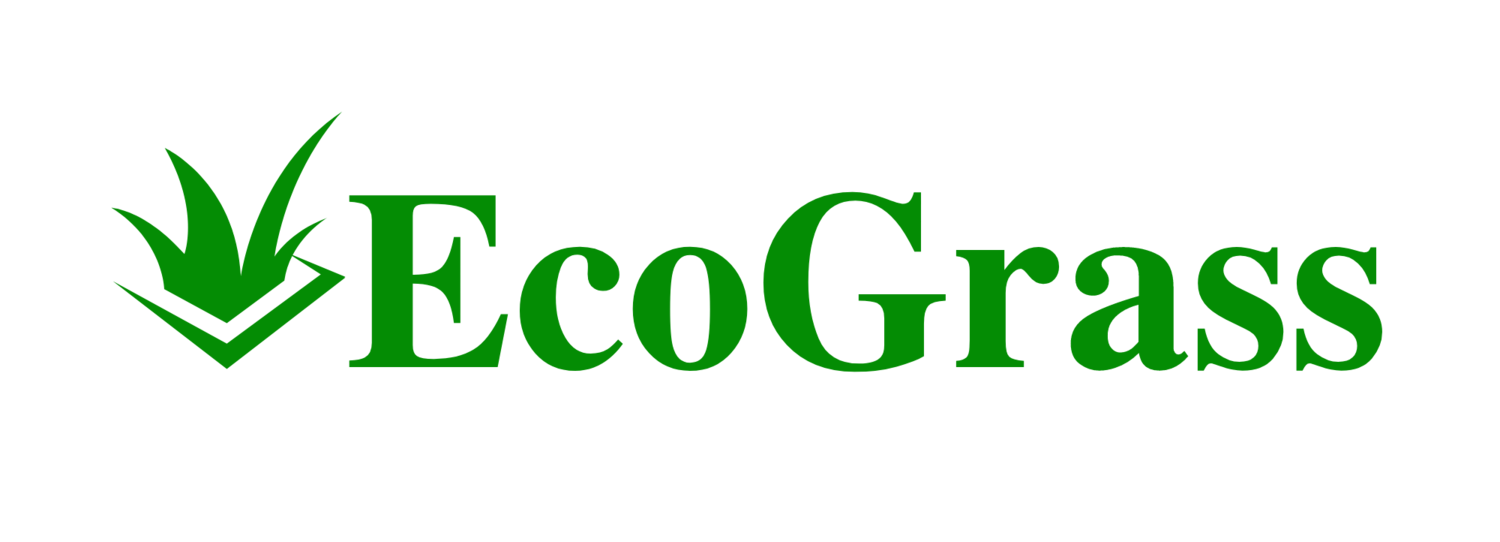Artificial grass, a popular alternative to natural lawns, offers the appeal of low maintenance and year-round greenery. However, you may wonder how it stands up to heat, especially during the peak summer months. Unlike natural grass, which has inherent cooling properties due to water evaporation from the soil and transpiration from the leaves, artificial grass lacks these cooling mechanisms. Consequently, it can become significantly warmer than its natural counterpart under direct sunlight.
The temperature of artificial grass is influenced by various factors, including the type of infill used, the color of the turf, and the local climate. Darker shades of green may absorb more heat, while lighter tones could potentially reflect more sunlight, leading to a cooler surface. Moreover, the materials used in the construction of artificial turf directly impact how well the grass dissipates heat.
To address the heat absorption issue, several methods can help to cool down your synthetic lawn effectively. Regular watering or the installation of a shade structure can significantly reduce the surface temperature of artificial grass. Additionally, the selection of specialized infill materials is known to aid in lowering the temperature of artificial turf, ensuring that the surface remains comfortable to the touch, even on the hottest days.
Features and Benefits of Artificial Grass
When considering artificial grass, you’re looking at a blend of durability and low-maintenance convenience that stands up well to varying temperatures. Delve into how this alternative to natural grass maintains comfort, ease of care, and cost-effectiveness.
Temperature Resilience and Comfort
Your artificial grass is designed to endure the summer heat, though it can get warm in direct sunlight. To create a cooler surface, you might install a shade structure or use a simple water sprinkling system for immediate cooling. Lighter colored materials may reflect sunlight better, contributing to a slightly cooler feel. Additionally, products with a higher quality infill material can further reduce heat absorption, making the grass more comfortable to walk on during sunny days.
Artificial Turf Materials and Maintenance
Crafted from synthetic materials such as nylon, polyethylene, or polypropylene, artificial grass not only survives year-round weather fluctuations but also requires minimal upkeep. Regular maintenance typically includes occasional rinsing to reduce odors and brushing to keep the blades standing upright. This infill also aids in keeping the turf blades erect and provides cushioning. Unlike natural grass, there’s no need for watering, mowing, or fertilizers, positioning artificial grass as an eco-friendlier and easy maintenance alternative.
Installation and Cost Considerations
The initial cost of installing artificial grass might be greater than seeding a natural lawn, but consider it a long-term investment. Over time, savings on water bills, lawn care products, and maintenance equipment start to add up. The durability of artificial turf materials ensures a lasting value, often backed by multiple years of warranty. When planning your budget, factor in the potential financial benefits of reduced lawn care expenses over the lifespan of your artificial lawn.
Safety and Usage Contexts
When choosing artificial grass for your home or recreational space, considering how it responds to sunlight and temperature changes is crucial for safety. Navigating usage contexts such as its impact on children, pets, and its adaptability to various climates ensures a comfortable and safe environment.
Artificial Grass Safety for Children and Pets
Your family's safety is paramount, especially in spaces where children and pets play. Artificial grass can heat up in direct sunlight, which may be uncomfortable on delicate skin or paws. Unlike natural grass, it doesn't cool down as quickly without assistance. Therefore, to maintain safety, it's key to regularly check the surface temperature on hot days and employ cooling techniques, such as sprinkling water, to lower temperatures. Additionally, choose artificial grass that does not contain harmful chemicals or crumb rubber infill that can pose health risks when ingested or inhaled.
Artificial Grass in Different Climates
Your local climate plays a significant role in selecting the right type of artificial grass. Products designed to withstand high temperatures and prolonged sunlight exposure are vital in hot climates to prevent excessive heat retention. Conversely, in cooler, less sunny environments, heat may not be as much of a concern. In regions with diverse weather patterns, choosing grass with a built-in cooling system or installing shade structures such as trees or awnings can help manage temperatures during the warm summer months.
Recreational and Residential Applications
Whether you're a homeowner looking to enhance your backyard design or a sports facility manager, artificial grass offers a low-maintenance option for your outdoor space. For family and recreational applications, you want a surface that's safe for everyone to enjoy. If pets and children will be using the area frequently, opt for a softer, non-abrasive variety to prevent injuries. In terms of sports, look for durable, high-performance options that can withstand intense play without compromising on safety. Maintain a cool surface with water or a commercial cooling system to ensure a comfortable outdoor living experience even during peak sunlight hours.


